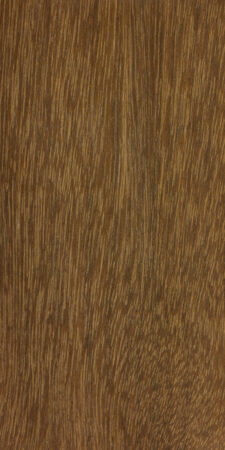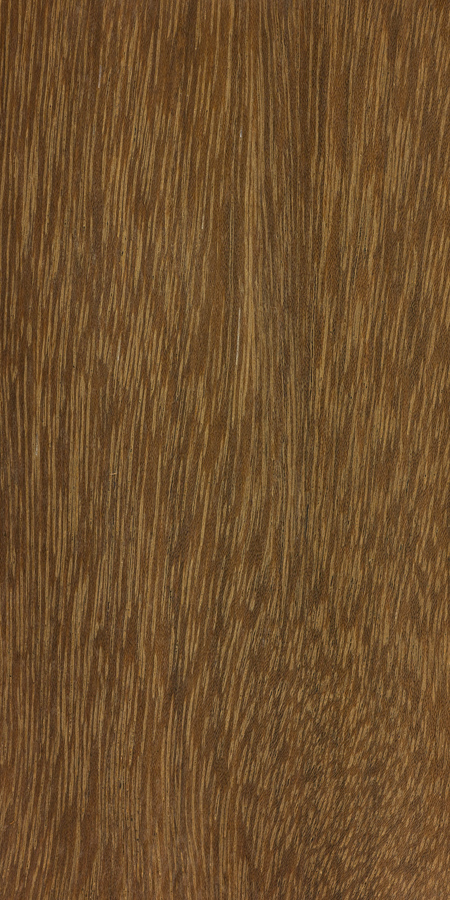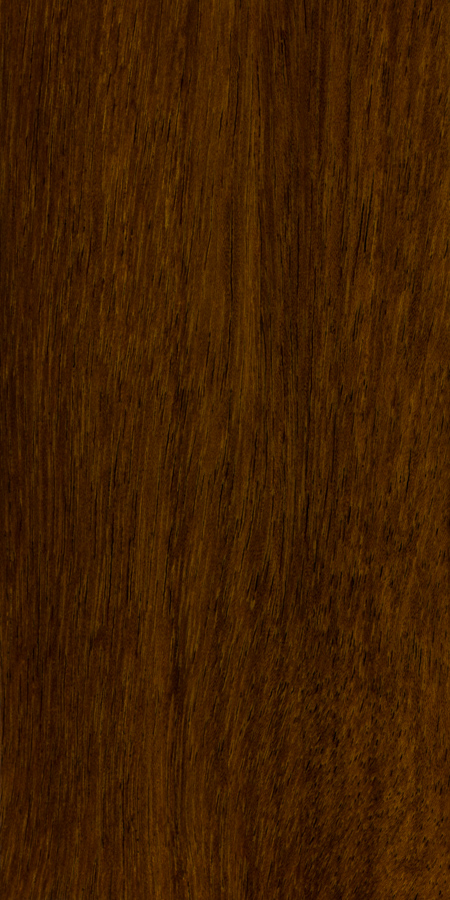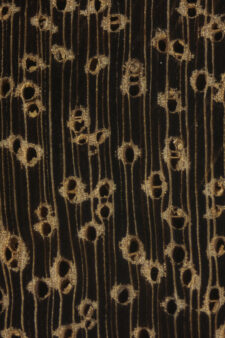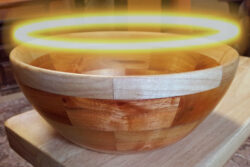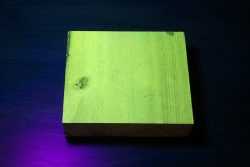References
| ↑1 | Fanshawe, D. B. (1948). Forest Products of British Guiana: Part 1. Principal Timbers. British Guiana Forestry Department. |
|---|---|
| ↑2 | Pfeiffer, J. P. (1926). De houtsoorten van Suriname (Vol. 1). Druk de Bussy. |
| ↑3 | Koehler, A., & Muschler, A. F. (1954). Properties and uses of tropical woods. Part IV. Trop. Woods, 99, 1-187. |
| ↑4 | Miller, R. B. (2007). Fluorescent woods of the world. A Guide to More Useful Woods of the World. Forest Products Society, Madison, 271-305. |
| ↑5 | Cardoso, D., de Lima, H. C., Rodrigues, R. S., de Queiroz, L. P., Pennington, R. T., & Lavin, M. (2012). The Bowdichia clade of Genistoid legumes: Phylogenetic analysis of combined molecular and morphological data and a recircumscription of Diplotropis. Taxon, 61(5), 1074-1081. |

